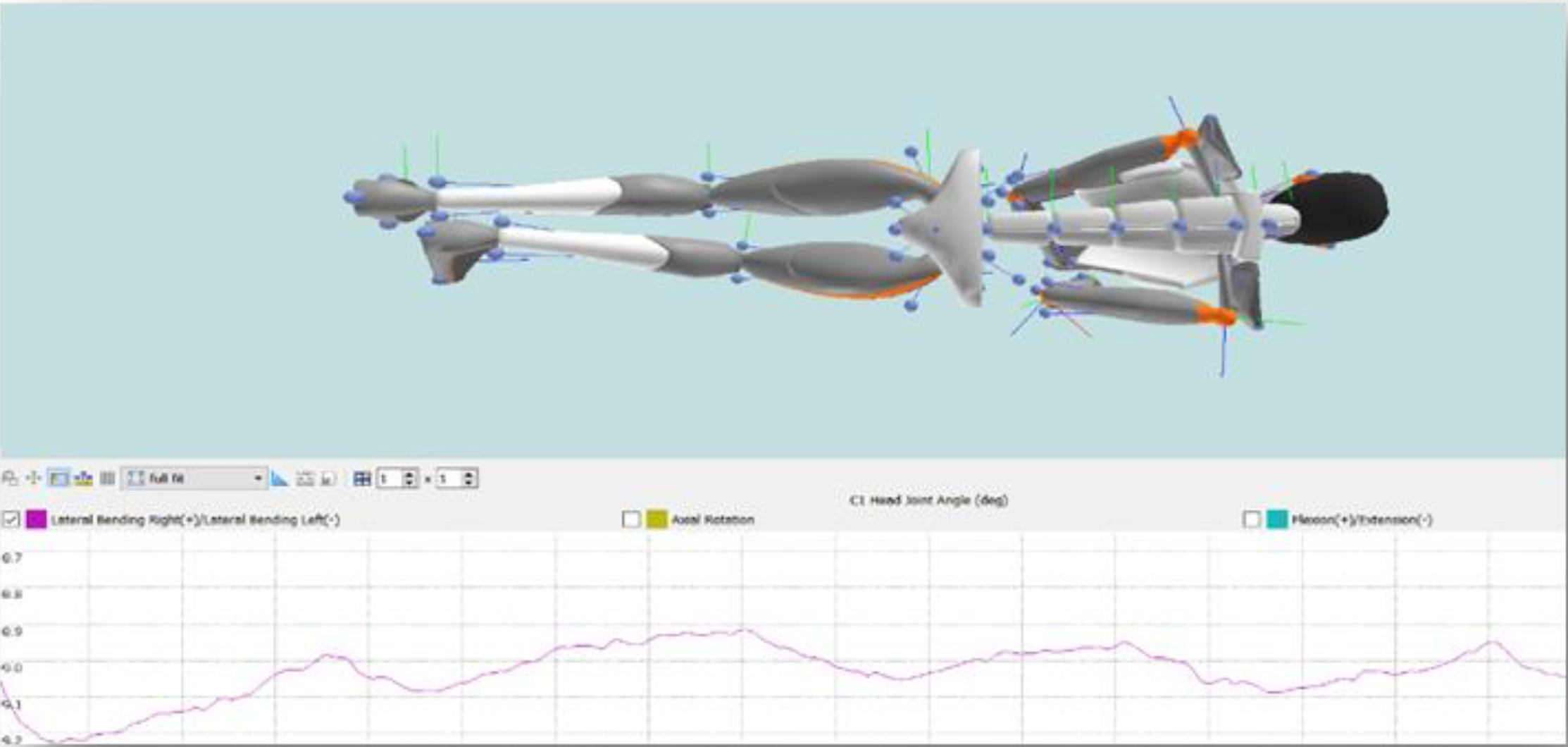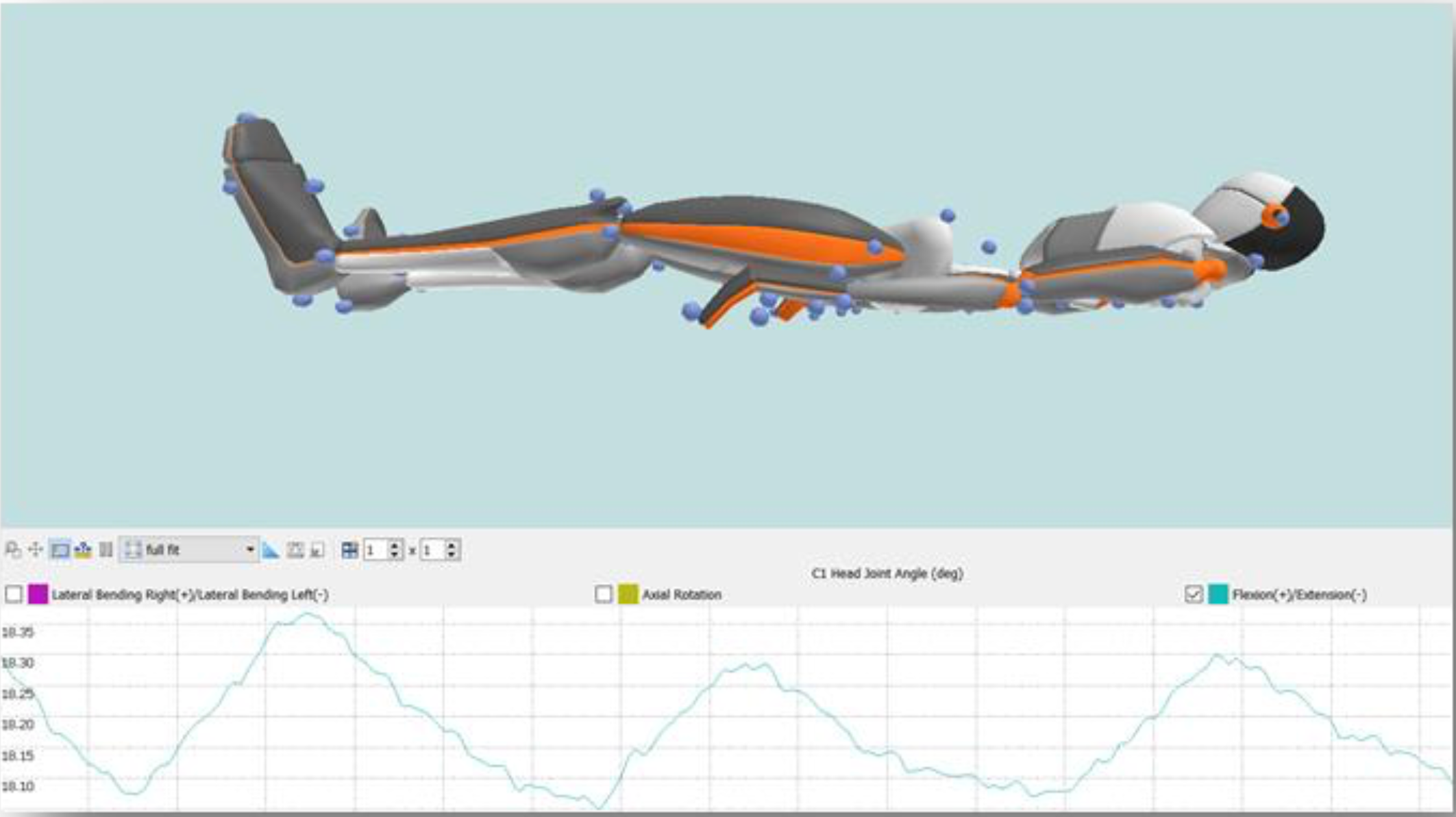Scientific studies

We trust Science
The Sleepit ergonomic Pillow was designed to improve the quality of sleep and relieve neck and head pain. To prove the effectiveness of our product, we have conducted several scientific studies with recognized research institutes.
Discover the results of our tests below.
Fatigue study
More than 300.000 cycles do not change the shape of sleepit pillow.
Clinical trial
Oxford Physical Therapy and Rehabilitation Journal has proven that the use of the pillow improves neck, thoracic, and headache pain.
Adaptation
The pillow has been evaluated for its high adequacy and anthropometric adaptability.
ERGOCERT *****
Sleepit has received the most distinguished recognition from the International's Ergonomics certification body.
TEC Eurolab S.r.l. Fatigue Study
This study aimed to test the fatigue of a component provided by the client. Three 100,000 cycle steps were performed, interspersed with a static compression of 35% of the initial height of the pillow, as agreed with the client. The UNI EN ISO 2439 - Met D standard was taken as reference, with appropriate variations agreed with the client. The test was carried out in a controlled environment at 22 ± 1 °C. The results of the static tests are provided to the client, who decides whether to continue with the next steps or stop the test. The numerical results obtained from the static tests performed at 35% are attached below. The results show a progressive increase in load during the 35% static compressions, with no visible change in appearance and/or a significant variation in height.
Effectiveness of a “Sleepit Pillow” Versus Education in Chronic Nonspecific Neck Pain: A Trial Clinical Trial Registration (NCT03165669)
This study evaluated the effectiveness of a viscoelastic foam pillow with 60 independent springs (called "sleepit pillow") compared to an educational intervention in adults with chronic non-specific neck pain. 70 participants with chronic neck pain were recruited, with 64 completing the study. Participants were randomly assigned to two groups, one using the spring pillow for 4 weeks and the other receiving educational advice for 4 weeks while continuing to use their own pillow. After 4 weeks of treatment and a 4-week latency period, the groups were switched. Pain in the neck, thoracic region, and shoulders, and headaches were the primary outcome measures. In addition, disability, sleep quality, subjective improvement, and pillow comfort were also evaluated. Mean differences (MDs) between the groups' outcomes were evaluated. Results showed that treatment with the spring pillow appeared to reduce neck pain (MD = -8.7; 95% CI = -14.7 to -2.6), thoracic pain (MD = -8.4; 95% CI = -15.2 to -1.5), and headaches (MD = -16.0; 95% CI = -23.2 to -8.7). The reductions in shoulder pain were not significant between the groups (MD = -6.9; 95% CI = -14.1 to 0.3). Neither the sequence of switching groups nor the period (first vs. second administration of the intervention) significantly affected the results. Limitations include the fact that education may not be the best comparator for the spring pillow and that medication consumption, actual use of the pillow, and implementation of educational suggestions were not controlled. In conclusion, use of the spring pillow in this study was more effective than an educational intervention in improving neck, thoracic, and headache pain. It remains to be tested whether a spring pillow is more effective than other ergonomic pillows.

In the following figure is shown the calculated angle within the segment between the Cervical Vertebrae C7 and the vertex of the head, in relation to lateral position.

The following figure shows the angle included between the Cervical Vertebrae C7 and C1 in relation to supine position.
In the following figure is shown the calculated angle within the segment between the Cervical Vertebrae C7 and the vertex of the head, in relation to lateral position.
The following figure shows the angle included between the Cervical Vertebrae C7 and C1 in relation to supine position.


Evaluation and certification of Sleepit by ErgoCert
The ErgoCert Ente di Certificazione proof report evaluates and certifies the ergonomic characteristics of the range of pillows produced by Sleepit. The evaluation team consisted of ergonomic experts and tested the three key domains of ergonomics: technical, biomedical, and ease of use. The materials used for the pillows were declared free of harmful substances and meet environmental durability requirements. To receive ergonomic certification, the pillows must be available in different sizes to fit most users, and the majority of tested subjects must show complete or partial compliance with ergonomic requirements. The evaluations showed that the firmness variations of the pillows are considered adequate for most of the reference population and largely meet user requirements. The pillows received complete compliance with ergonomic requirements during instrumental tests.
